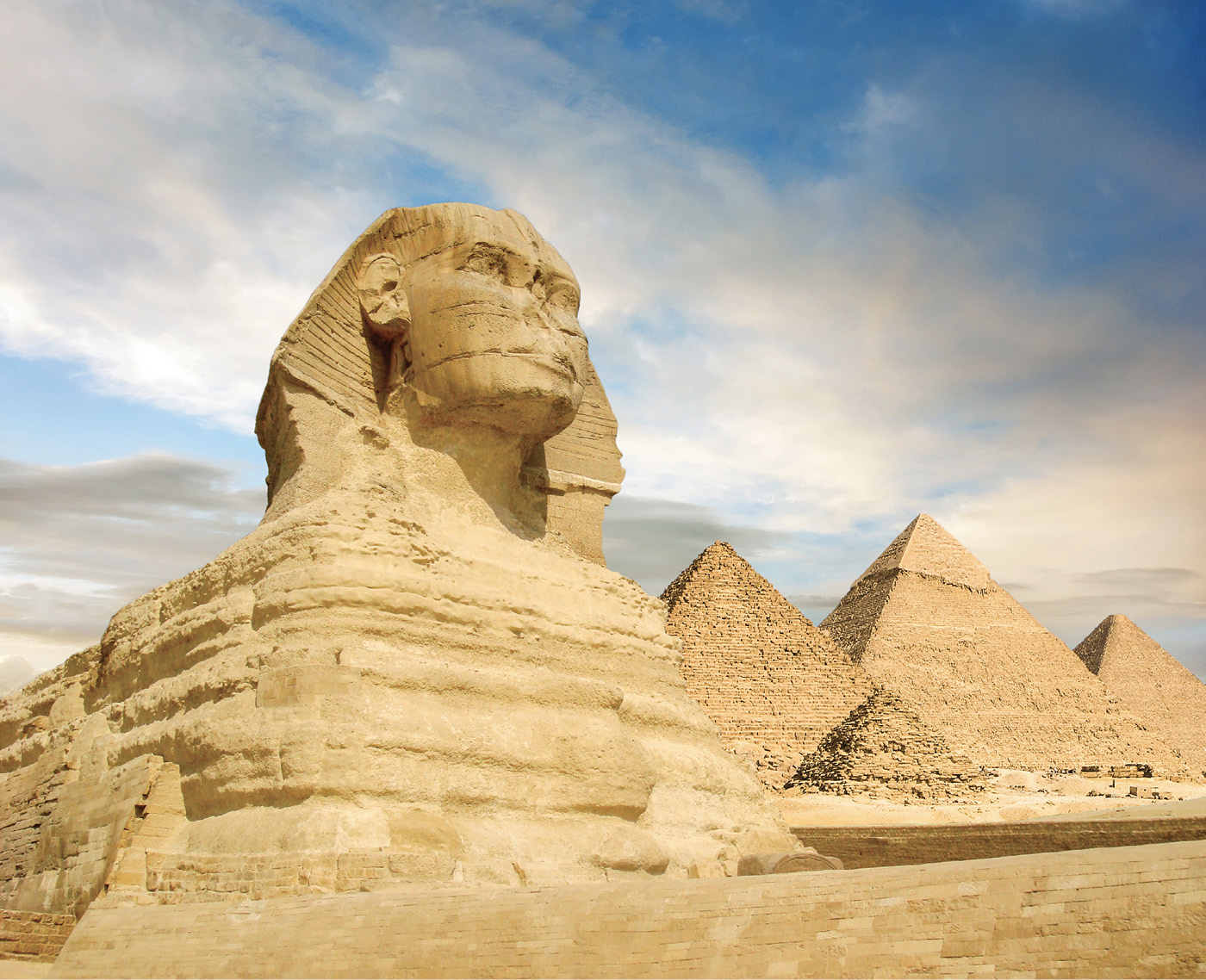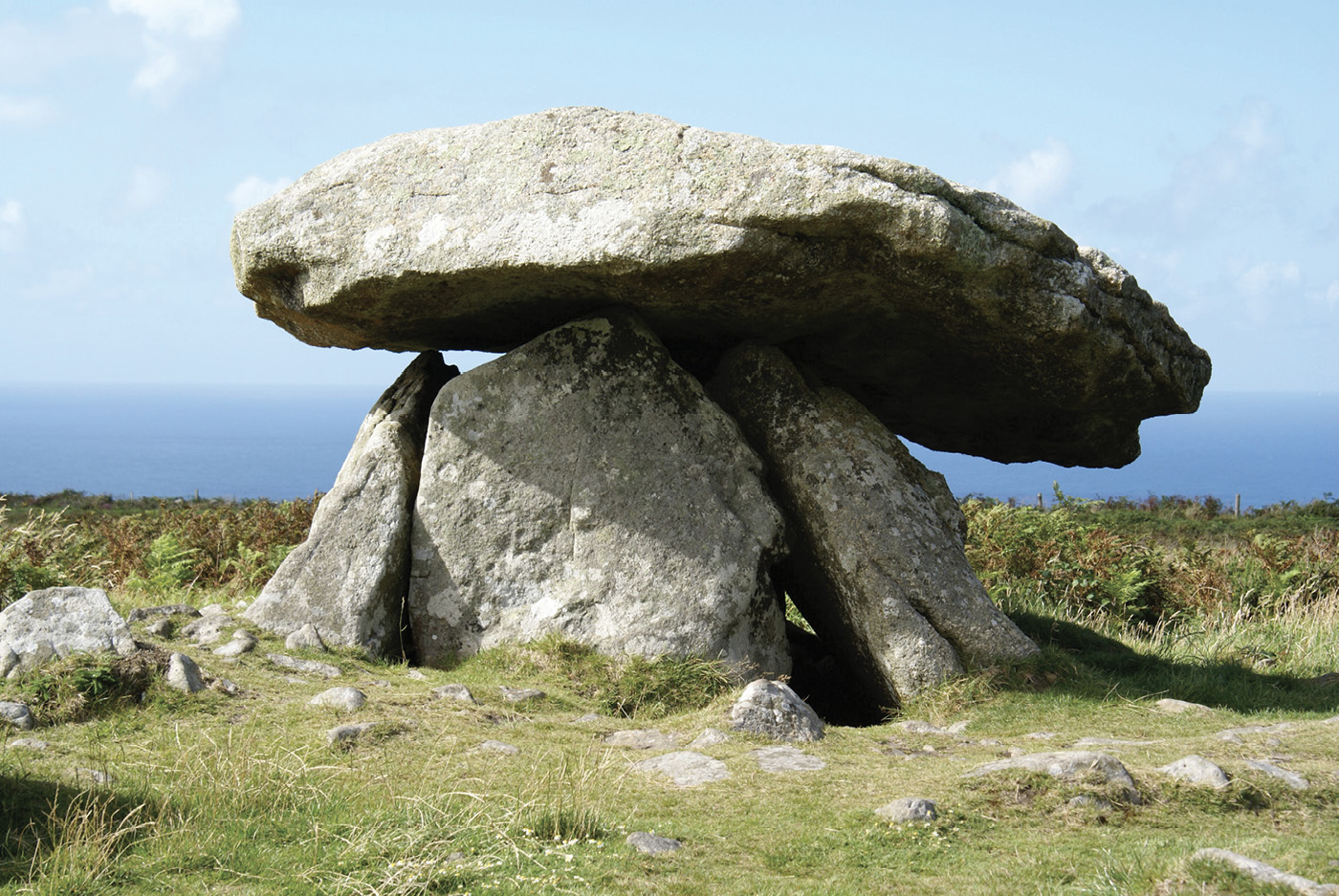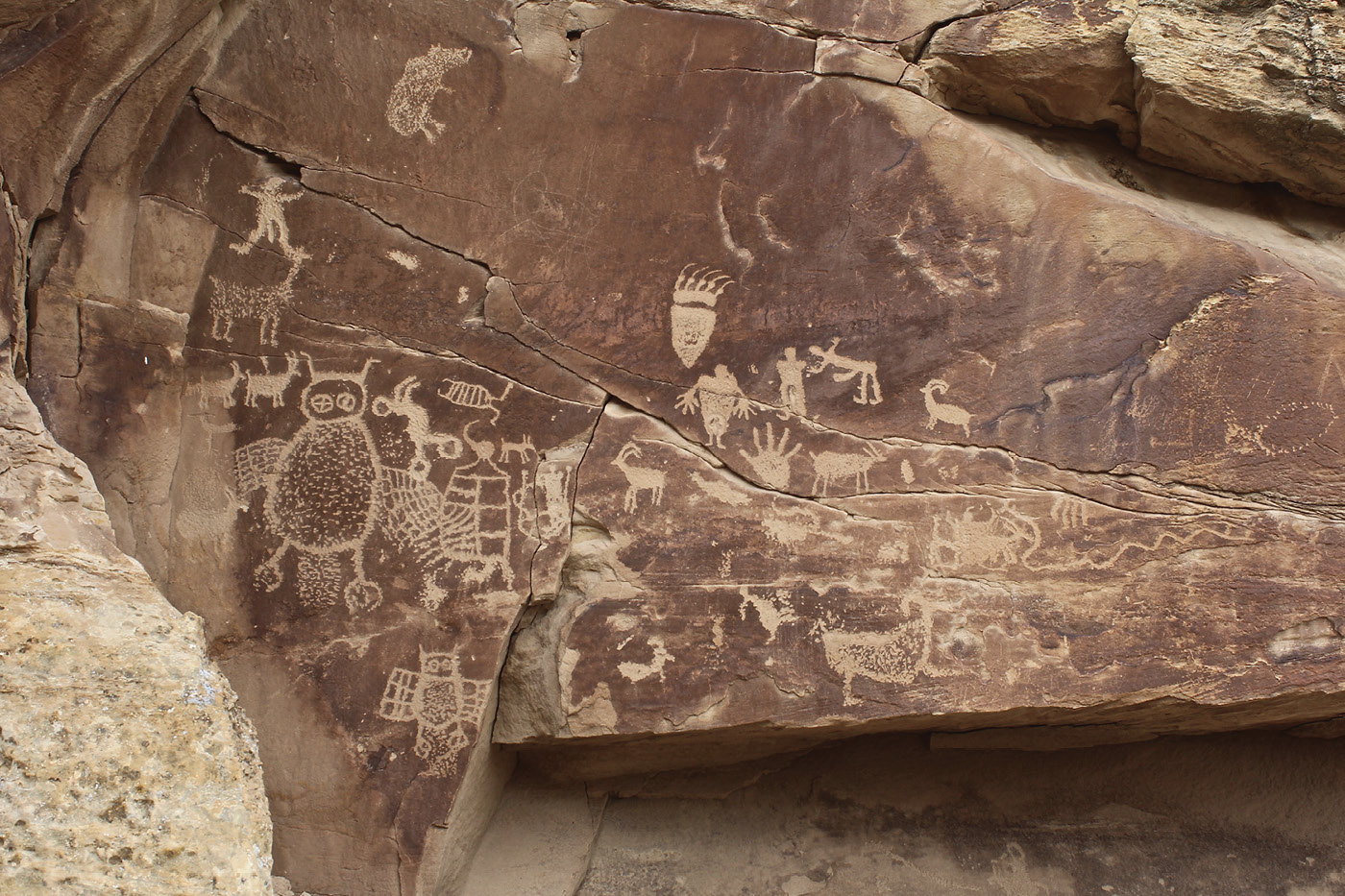Archaeological Oddities
Archaeological Oddities
A Field Guide to Forty Claims of Lost Civilizations, Ancient Visitors, and Other Strange Sites in North America
Kenneth L. Feder
ROWMAN & LITTLEFIELD
Lanham Boulder New York London
Published by Rowman & Littlefield
An imprint of The Rowman & Littlefield Publishing Group, Inc.
4501 Forbes Boulevard, Suite 200, Lanham, Maryland 20706
www.rowman.com
6 Tinworth Street, London SE11 5AL, United Kingdom
Copyright 2019 by The Rowman & Littlefield Publishing Group, Inc.
Unless otherwise noted, figures are from the author.
All rights reserved . No part of this book may be reproduced in any form or by any electronic or mechanical means, including information storage and retrieval systems, without written permission from the publisher, except by a reviewer who may quote passages in a review.
British Library Cataloguing in Publication Information Available
Library of Congress Cataloging-in-Publication Data
Names: Feder, Kenneth L., author.
Title: Archaeological oddities : a field guide to forty claims of lost civilizations, ancient visitors, and other strange sites in North America / Kenneth L. Feder.
Description: Lanham, Maryland : Rowman & Littlefield, An imprint of The Rowman & Littlefield Publishing Group, Inc., [2019] | Includes bibliographical references and index.
Identifiers: LCCN 2018043446 (print) | LCCN 2018048470 (ebook) | ISBN 9781538105979 (electronic) | ISBN 9781538105962 (cloth : alk. paper)
Subjects: LCSH: United StatesAntiquitiesGuidebooks. | United StatesAntiquitiesReproduction. | Indians of North AmericaAntiquitiesGuidebooks. | Indians of North AmericaAntiquitiesReproduction. | Curiosities and wondersUnited StatesGuidebooks. | AmericaDiscovery and explorationPre-ColumbianMiscellaneaGuidebooks. | Forgery of antiquities.
Classification: LCC E159.5 (ebook) | LCC E159.5 .F42 2019 (print) | DDC 970.01dc23
LC record available at https://lccn.loc.gov/2018043446
 The paper used in this publication meets the minimum requirements of American National Standard for Information SciencesPermanence of Paper for Printed Library Materials, ANSI/NISO Z39.48-1992.
The paper used in this publication meets the minimum requirements of American National Standard for Information SciencesPermanence of Paper for Printed Library Materials, ANSI/NISO Z39.48-1992.
Printed in the United States of America
Preface
What I Did on My Summer Vacations (and Intersessions, Spring Breaks, and Too Many Long Weekends to Count)
I am an archaeologist. I continue to be amazed at how frequently, after telling that to people who ask what I do, I get the response: Ooo! Ive always been interested in that! I admit its quite gratifying to hear from strangers that they are fascinated by my profession.
When I relate that common reaction to the students in my introductory archaeology coursethe great majority of whom are enrolled simply for general education credit and are majoring in just about anything other than archaeologyI let them in on a little secret. I tell them that when most of them will be asked their majors or their professions after collegeat a family function, a party, a bar, or on the busthe great majority of them will not get a reaction like that. Sorry, but its the sad truth; in the history of the world, when someone has been asked their college major or profession and they have responded accounting, no one has ever said, Ooo! Ive always been interested in that. Oh well.
I think the interest most people express about archaeology rests in their assumption that archaeologists get to spend a lot of their time in remarkable places where extraordinary evidence of ancient human cultures can be found. They think we focus our professional lives on digging up incredibly cool artifacts, objects made all the more interesting because we are the first people to see or touch them since they were left in the ground hundreds, thousands, tens of thousands, or even more years ago. The Great Sphinx and ancient burial chambers (figure P.1), masterfully flaked spear points and remarkable art etched on rock surfaces (figure P.2), pottery shards, impressive cliff dwellings, monumental pyramidsthats what most people think of when they imagine the kinds of things archaeologists deal with on a daily basis.
iStock ID: 516505363; Credit: gbarm
Figure P.1. Splendid monuments like the Great Sphinx of Egypt (top) and intriguing structures like the Chun Quoit burial chamber located in Cornwall, England (bottom), are emblematic of the ancient worlds investigated by archaeologists.
Courtesy of the author.
Figure P.2. Artifacts, like this 1,600-year-old stone blade found in Granby, Connecticut (top), can inform archaeologists about the technology of an ancient people, and this petroglyph (art etched into a rock surface) in Nine Mile Canyon, Utah (bottom), can tell us about their artistic and even their spiritual lives.
Courtesy of the author.
This is the point in the conversation where you might think I am about to disabuse you of these romantic notions of what archaeology is all about and then tell you how it really is. But I cant do that. What Ive just told you about archaeology is, in large measure, true. We archaeologists do devote our careers to studying the amazing things and places Ive just enumerated, but not simply because those things are beautiful or interesting or remarkable, or even because they are old. Our focus is on the amazing and engaging stories we can tell about past and also present cultures through the study of those beautiful, interesting, remarkable, and sometimes ancient things that people left behind. Its no wonder to me that most people are interested in that.
I have always been fascinated by human antiquity, and I have been lucky enough to have carved out a career in which I get to actually do archaeology and then write about my work (figure P.3). Granted, I need to hire an accountant to do my taxes, and I appreciate their diligent efforts. I dont want to rub it in, but nope, Ive never told an accountant: Ooo! Ive always been interested in that. Sorry to all you accountants reading this guide.
Figure P.3. Excavating a 3,000-year-old tool-making feature in Barkhamsted, Connecticut. The white-haired guy is the author.
Recognizing that many people find the study of the human past inherently fascinating, I have spent the better part of my career attempting to communicate to those fascinated nonarchaeologists the real stories of the human past as revealed by real archaeological research, through the books and articles I have written, lectures I have given, interviews I have provided on cable television documentaries, and even through my Instagram (ancientamerica50sites) and twitter accounts (@fiftysitesbook).
My most recent book reflects this precisely: Ancient America: Fifty Archaeological Sites to See for Yourself (Feder 2017). I refer to that book as a time travel guide to fifty of the most interesting archaeological sites in the United States, all of which are open to the public. The book is filled with information about ancient burial mounds (figure P.4) and cliff dwellings (figure P. 5), gigantic free-standing pueblos, spectacular rock art (figure P.6), monumentally scaled ground drawings, and more. If this sounds like a ploy on my part to convince you to buy that book, well, thats very perceptive of you.
Next page
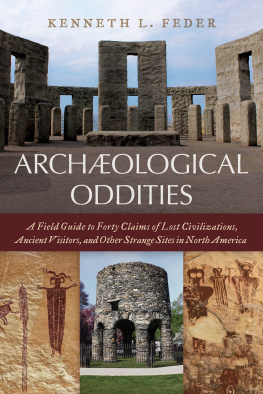


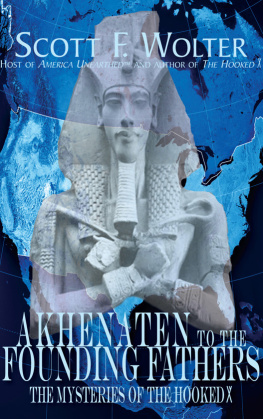
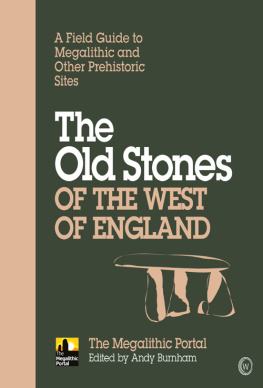
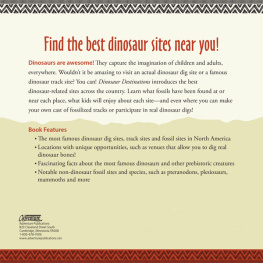
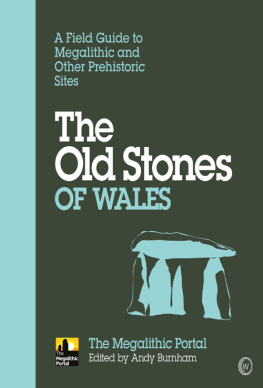

 The paper used in this publication meets the minimum requirements of American National Standard for Information SciencesPermanence of Paper for Printed Library Materials, ANSI/NISO Z39.48-1992.
The paper used in this publication meets the minimum requirements of American National Standard for Information SciencesPermanence of Paper for Printed Library Materials, ANSI/NISO Z39.48-1992.